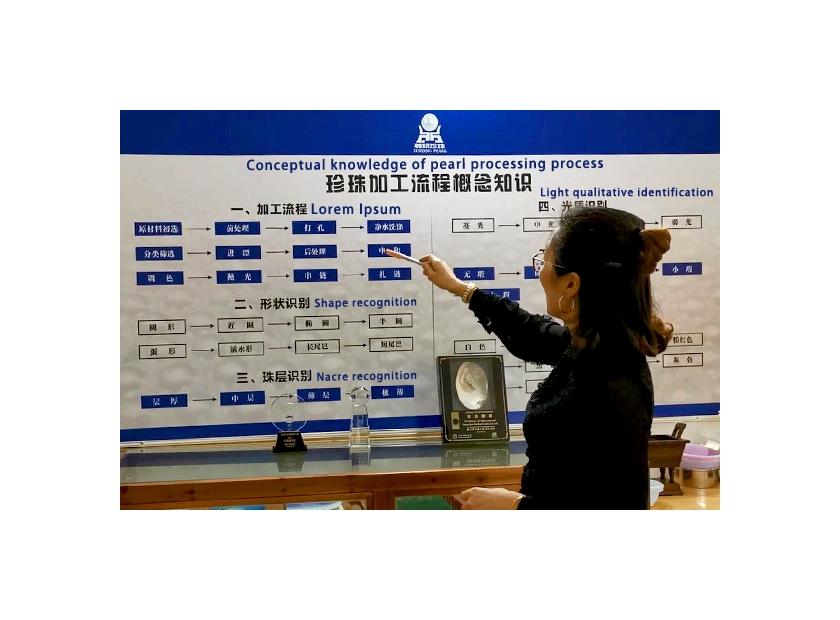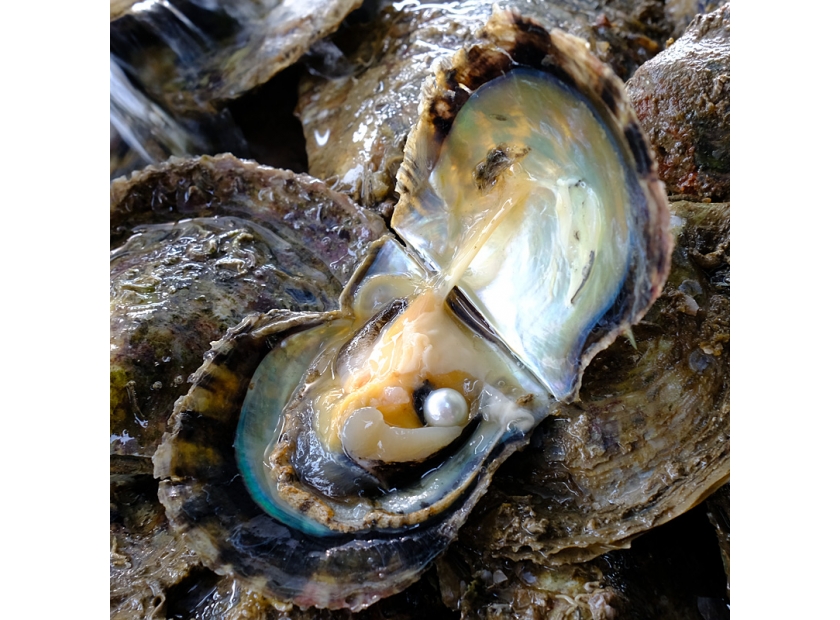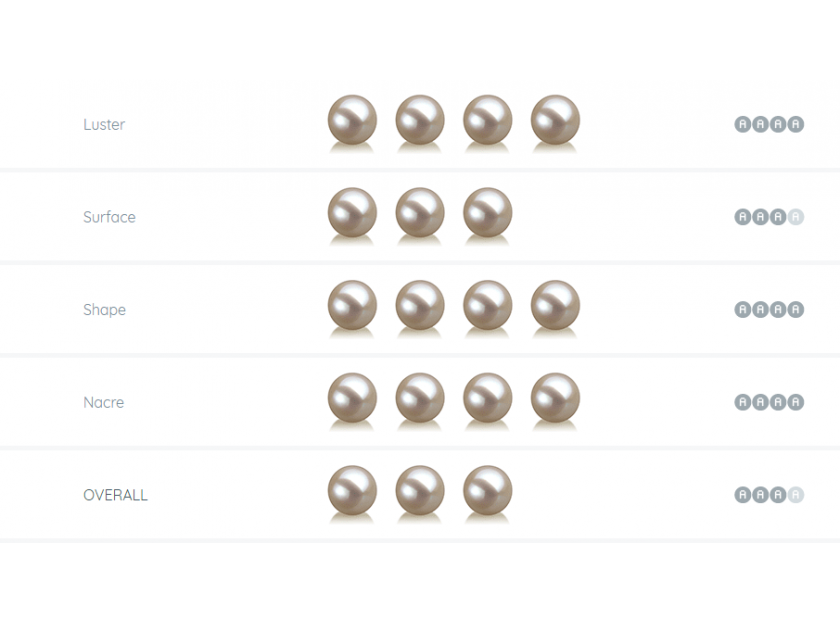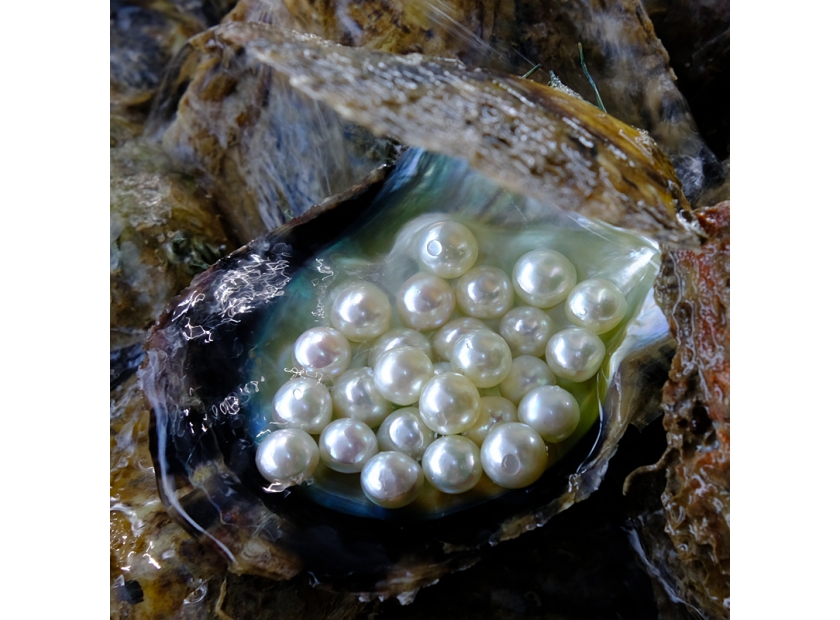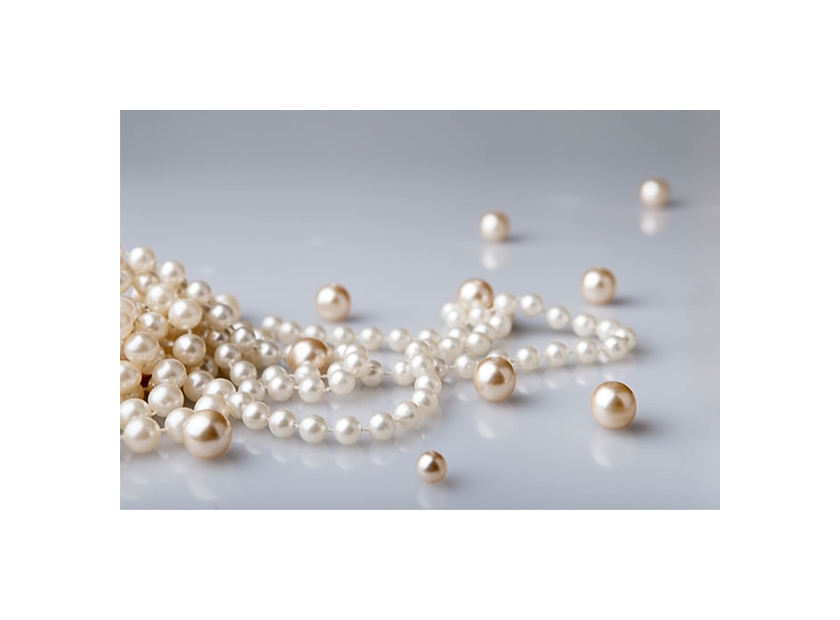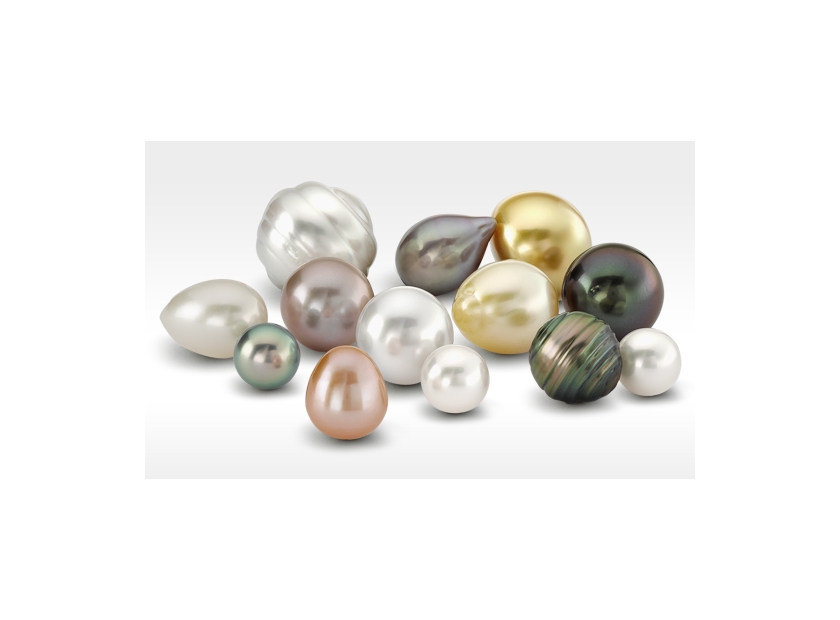Pearl Education
-
Read More
Last time ,we introduced our akoya pearl farm base ,and learned the process of nucleation in pearl farming. Now we need come to another topic, after pearls are harvested ,what we need to do .
Cultured pearls are harvested from the pearl farms after a nucleation period of 8 months to 6 years. Akoya pearls are typically cultured from 8 months to 2 years, while freshwater, South Sea and Tahitian pearls are cultured from 2-6 years.
Pearls are almost universally harvested in the winter. Cold water slowed the metabolism of the host oyster, slowing the pearl formation process that causes the nacre to be formed in tighter layers giving the pearl their maximum luster.
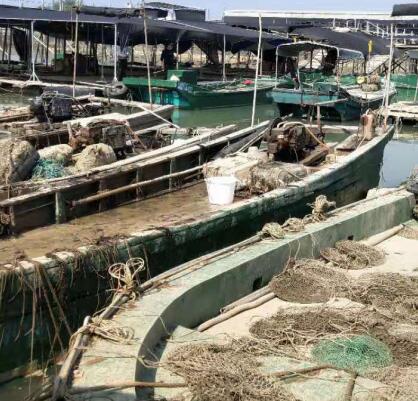
The actual harvest begins when the pearls are brought to bay from their mooring positions. The pearls are then opened individually and the pearl
-
Read More
Hi,everybody ,now we want to introduce our pearl farm base that located in Beihai ,one of city in China.Today I will guide you learn more about pearl.
Our cultured pearl farm is found in June 1966, the first time to start to produce cultured pearl because of the support of government and guide of the professor Xion’, and that time natural pearls are also less and valuable. So the first cultural pearls produced successfully. In 1970, the output of pearls was 81kg,the production value was more than 1 million,the highest output was 20 ton and the quality of pearl was excellent , that shows Akoya feature and good prospect. And the Akoya pearl farm was paid more attention by government and all sectors of society. Afterwards pearl research center also was established .
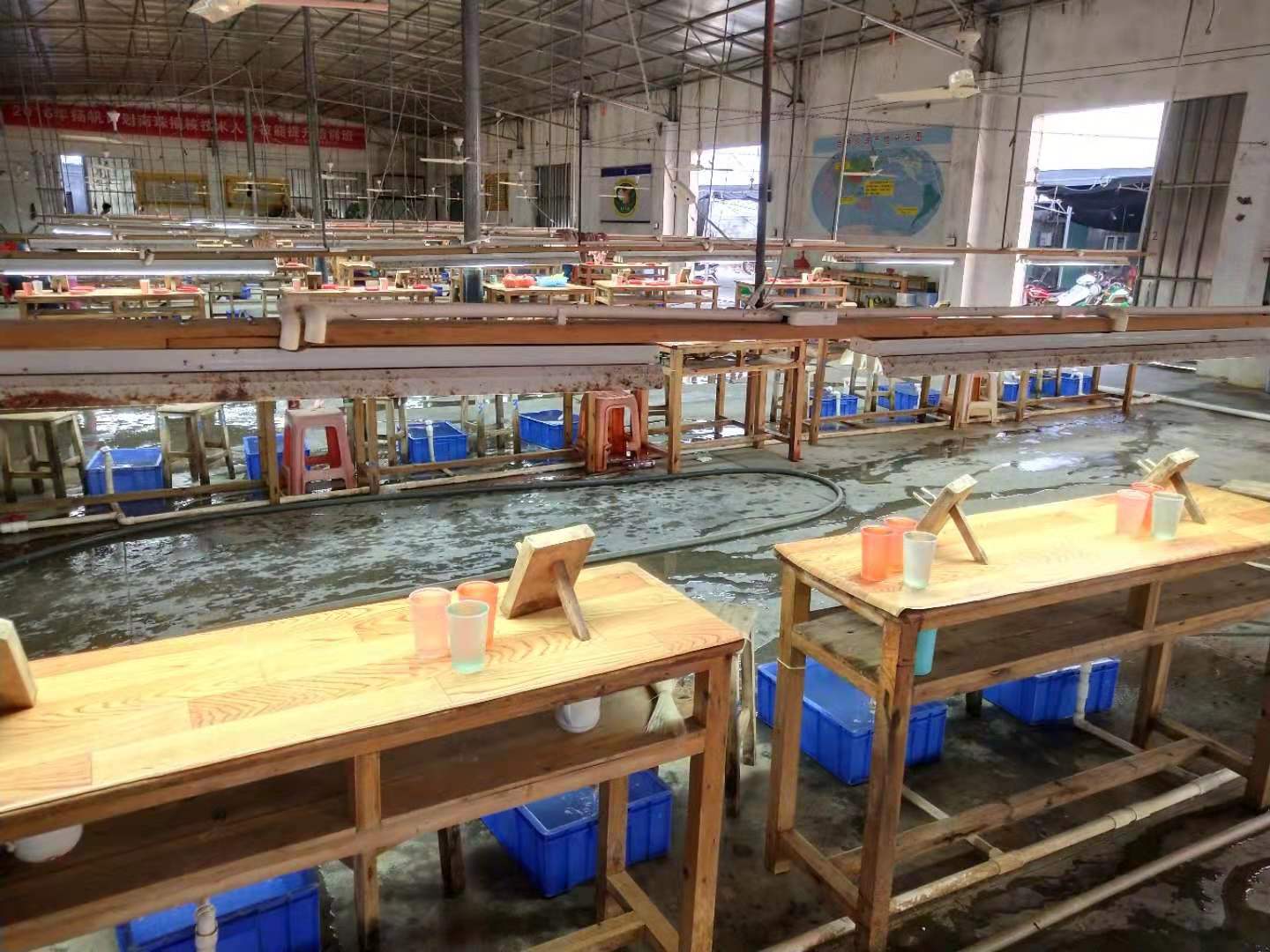
-
Read More
In ancient Western legends, pearls are the tears of the sea. Ancestors believed that when a drop of dew fell into the sea, it happened to be caught by a huge shell, and a Pearl would be produced. Ancient Hebrews believed that pearls were used by God to decorate the Garden of Eden. The pearl in the Indian imagination is morning dew, which is used by gods to puzzle the world.
In Rome, pearls are closely linked to Venus, the God of beauty. In the Renaissance period, the famous painter Botticelli put the goddess on a huge palm leaf in his painting The Birth of Venus, and who slowly emerged from the bottom of the water. The goddess shaken the water to form pearls, which were pure and flawless.
In Denmark, Danes believe that pearls are the tears of mermaids that mermaids are missing princes and her tears in love too . Fritillaria shellfish guarded by her side treasure the tears. For a long time, tears form pearls.
-
Read More
How to Buy Pearls?
Buying pearls can be a daunting and difficult task for the uninitiated but with a little bit of research, you'll be able to choose the best pearls based on the quality, style, and color to make the task more interesting and enjoyable. The goal of this page is to be a simple primer for those new to shopping for pearl jewelry.
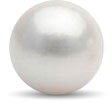
Topearl
-
Read More
When it comes to quality pearls, like most gems, size does matter. A key factor in a pearl's value is its size, with the larger pearls generally being the more prized. The information below is meant to be a guide only. Many of our customers will combine multiple sizes of pearls and thumb their nose at tradition. Ultimately we suggest you let your budget and tastes be your guide.
Freshwater 
Akoya -
Read More
We are often bored for choosing the right length of pearl necklace , this simple necklace length guide will help you narrow down the perfect length.
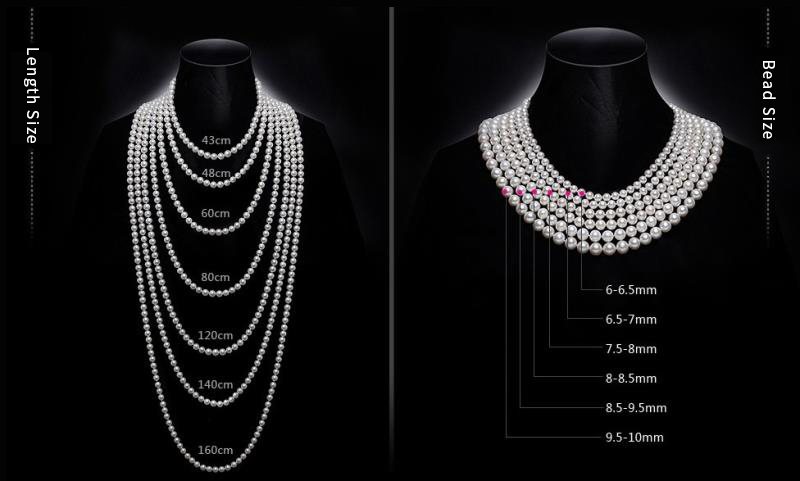
-
Read More
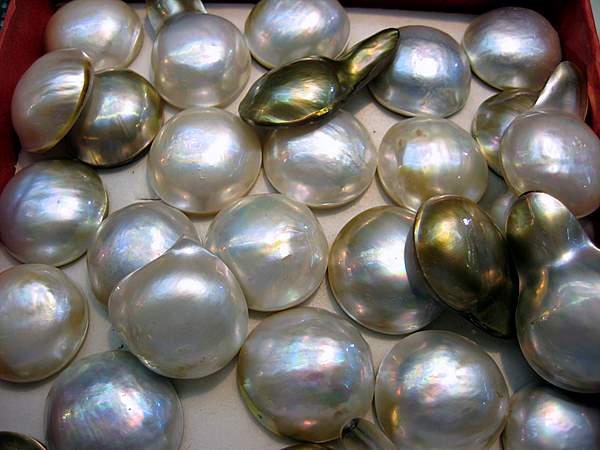
Mabé pearls can be grown in any saltwater or freshwater pearl-bearing mollusk. Mabe pearls became better known in the 1950s as an affordable and fashionable way to wear large pearls, for the white South Sea cultured pearls that we have today were widely unavailable. Japanese companies started to produce blister pearls on the Ryukyu Islands between Japan and Taiwan. The word Mabe possibly comes from an old dialect spoken on those islands. Today Mabe pearls are still produced in Japan and China, but also in Indonesia, the Philippines,
-
Read More
Cultured pearls are relatively soft compared to other gemstones and precious metals. It is important to take special care of your pearls to ensure they will remain bright and beautiful for generations to come.
As organic gems, cultured pearls are part water. Maintaining that moisture is one key to cultured pearl stability.To keep cultured pearls from dehydrating, keep them away from heat and excessive dryness.
Another key to cultured pearl stability lies in everyday wear and care. Many chemicals and all acids attack cultured pearls. Perfume, cosmetics, hairspray, and acids in perspiration can damage nacre. Women should put on cultured pearls only after they’ve applied cosmetics and used hair-care products.It is also suggested that you wipe down your pearls with a soft cloth after you wear them. Occasionally you may want to dampen the cloth a
-
Read More
1.Freshwater Pearls Overview
Freshwater pearls come from oysters that mature in non-saline water (from lakes or ponds, as opposed to saltwater from the sea).Unlike saltwater cultured pearls, freshwater pearls are made entirely of solid nacre as they lack the bead nuclei. Another distinguishing characteristic of freshwater pearl is that they rarely come in perfect round shapes. You’ll be surprised to know that only 2% of freshwater pearls are round, or almost round. The irregular shapes are known as baroque or semi-baroque. This is what make them unique and fashionable.
What makes Baroque pearls distinct from the conventional round shaped pearls is that that they come in fun shapes and sizes. This feature makes Baroque pearls a perfect choice t

